When you’re raising meat birds for profit it’s important to make sure that you’re actually making a profit and taking the necessary steps to make it worthwhile. Read on for my tips on raising meat birds for profit.
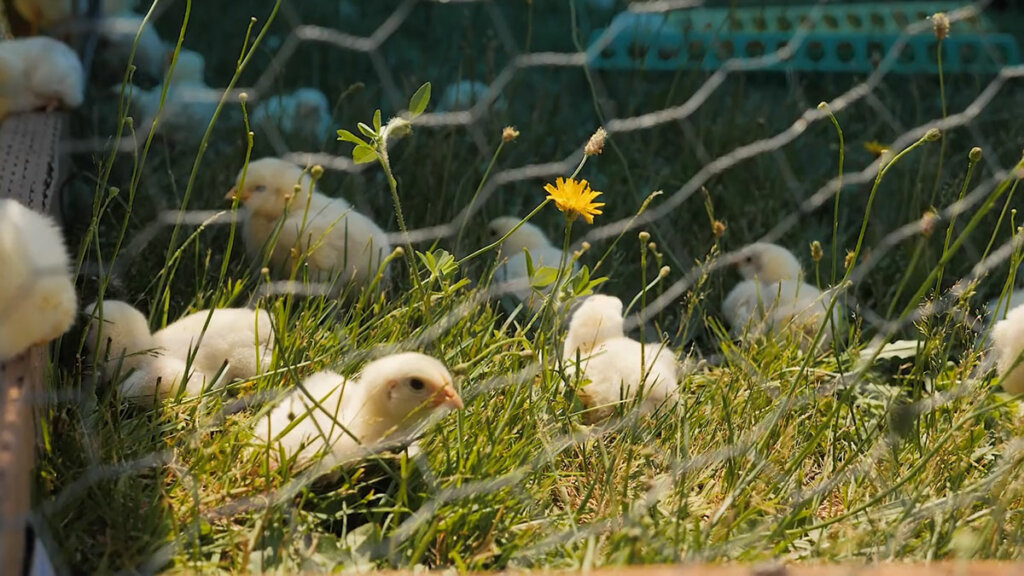
I’ve discussed before that my family regularly raises 25 meat birds a year (we have a family of 4). This is just a portion of our meat that we raise, which you can read more about our plan for how we raise a year’s worth of meat here. Plus more tips on raising backyard meat chickens here.
Since we were already raising meat birds for ourselves, I was constantly getting asked if we had any we would be willing to sell. This got my husband and me thinking, and after having an in-depth discussion about the logistics of maximizing our homestead for profit with Joel Salatin on this recent podcast interview, we decided to go for it.
I’ve written before about how to make money by homesteading, including quick ways to make money when you’re broke, how to use your homestead skills to earn money, and I’ve even taught on how to create a homestead business.
So it should come as no surprise that we put our heads together and tried to figure out the best method for moving forward.
We’re so thankful to McMurray Hatchery for providing this round of chicks to us at no cost (they sponsored, in part, the YouTube video above). We’ve used them in the past for our meat birds and won’t buy from anyone else as their birds always arrive to us healthy and happy!
Table of Contents[Hide][Show]
Things to Consider When Raising Meat Birds
Know the season you’ll be raising your meat birds and any additional resources they might require.
For instance, when raising meat birds during the summer, be sure to account for high heat and provide any shade necessary.
If you’re raising meat birds throughout the winter months, be sure you have a coop that’s insulated well and additional heaters, as needed.
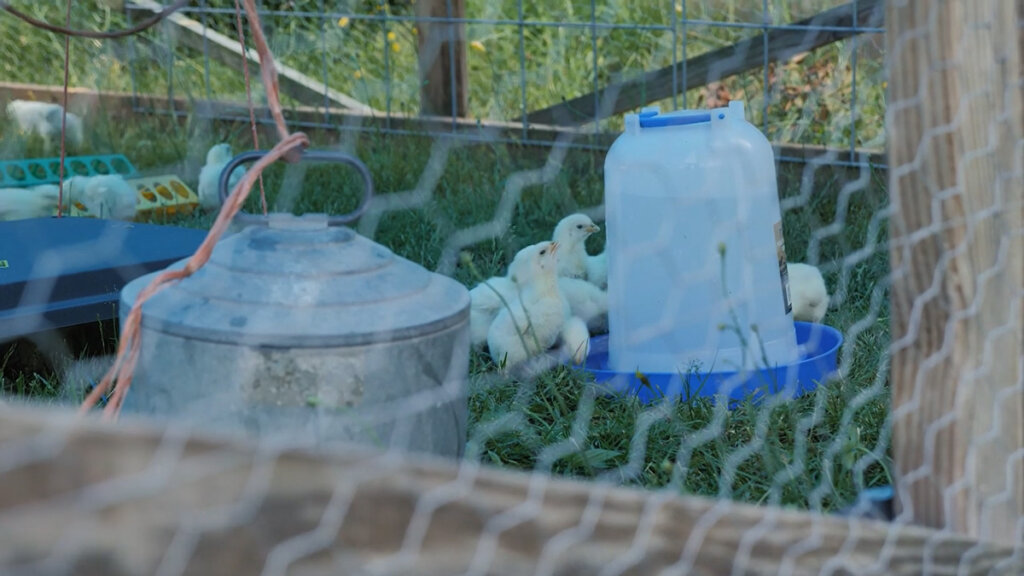
Where to Order Meat Birds
We’ve ordered meat birds through multiple mail-order hatcheries in the past. In fact, it became typical that when we ordered our birds we’d lose about half, even when we’d get our replacement birds, we’d still lose half of those.
It wasn’t until we tried McMurray Hatchery that we had a 100% survival success rate with our birds (the most current batch we did lose three birds due to the 120-degree heatwave we had). We’ve been ordering through them ever since, and each time getting healthy, happy, and very vibrant birds that seem to have a much more active temperament than any birds we’ve received in the past and they’re now a sponsor of the website.
My experiences have allowed me to put together these tips for raising baby chicks purchased from a hatchery, feed store, or through the mail.
Right now we’re raising 55 meat birds as a test run and plan to not only sell for profit but also, one day soon, hold a chicken butchering class here on our homestead (keep an eye on your inbox as we have very limited spots for this August).
It’s important to us that our meat birds are raised on pasture, allowed to eat insects in the grass, and that they’re allowed access to the outdoors to keep them healthier, have less smell on our homestead, less cleanup for us, and overall cleaner areas since we’re utilizing a mobile chicken coop to keep them on fresh grass daily.
This benefits our grass and pasture as they’re aerating the grass, eating unwanted pests, and fertilizing the grass.
Subscribe to Melissa K. Norris!
Get updates on the latest posts and more from Melissa K. Norris straight to your inbox.
We use your personal data for interest-based advertising, as outlined in our Privacy Notice.
Buy in Bulk
As with anything, the more you buy the more you save. With McMurray Hatchery, they have a per bird price set at 25 bird increments. So the more you buy, the cheaper the birds become.
This is good to know because if you wanted to order 70 birds, knowing that by buying 5 more birds you would get that next price bracket may save you significantly! So do your pricing research ahead of time and know the best quantity of birds to buy for the price.
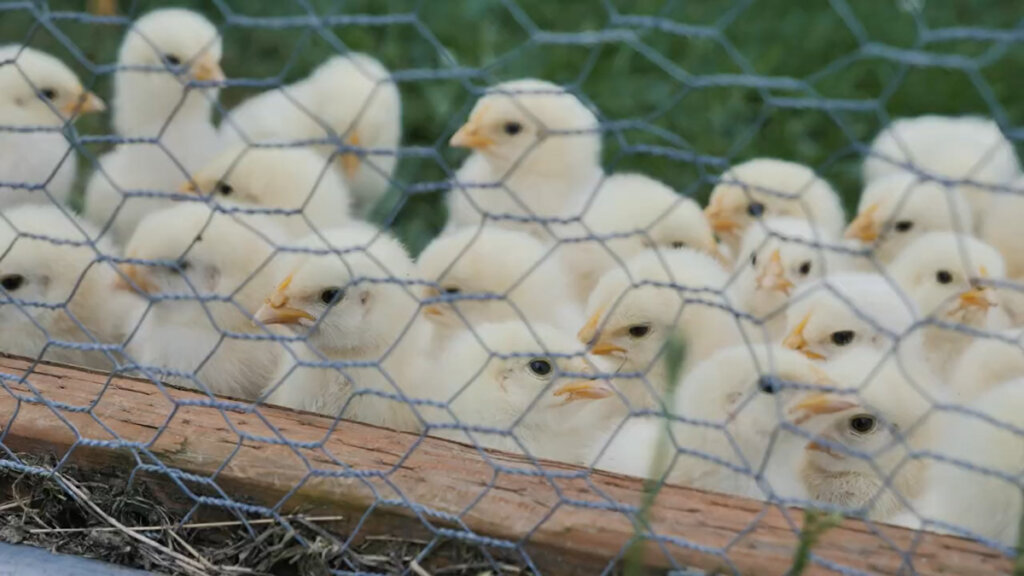
Have Extra Margin
When ordering meat birds, especially if you’re preselling your birds, be sure to order enough to have a margin. This year, due to record high temps (up as high as 120 degrees for three days straight), we lost three of our baby birds. We were actually quite pleased that we didn’t lose more, but we used these tips on keeping livestock cool during the summer to help!
Ordering Male vs. Female Birds
If you’re raising meat birds for profit, it is more beneficial to raise males over females because the male birds dress out quite a few more pounds per bird and will also reach butchering weight a week to two weeks faster than the females.

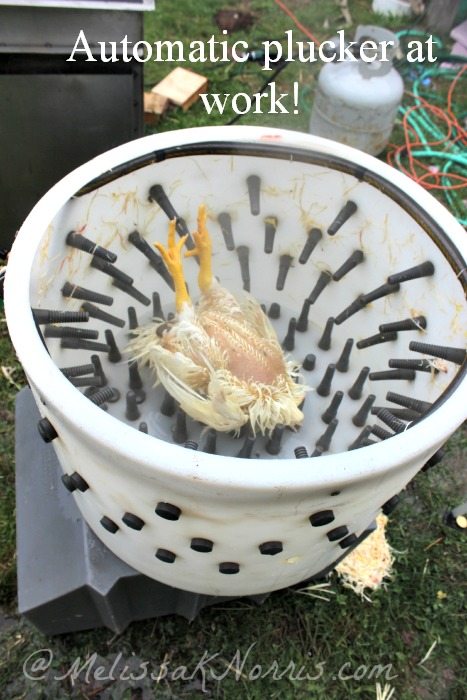
Butchering Equipment
If you don’t have your own butchering equipment, as we don’t yet have it ourselves, you may be able to rent it from your local agricultural office.
Since we don’t want to double our equipment fees, the birds all need to be ready for butchering on the same day (we don’t want to be waiting an additional week or two for female birds to be fully developed). This is one more reason why selecting male birds is important for your profit margin.

Consider Your Time
When raising chickens for profit, it’s important to take into consideration the amount of time you’re spending daily tending to and caring for the chickens, as well as your time on butchering day.
It’s easy to forget to factor in the time you spend raising the chickens, especially if you’ll already be doing this whether you were selling them or not. Small tasks can quickly amount to a great deal of your time over the course of 8 weeks, so I always recommend looking at all your daily tasks and maximizing your efforts where possible.
For example, if your coop isn’t near a water source and you’re needing to fill their watering buckets every single day, perhaps you could move the coop closer to a hose or water source to lessen the distance to and from the water.
Or maybe purchasing a larger watering bucket would be helpful so you’re only filling the water every other day instead of every day.
Look at all the small tasks you’re doing and see if any of your time spent can be reduced or paired with other tasks to help reduce your time spent (remember, your time is money, make it count!).

Supplies Needed to Raise Meat Birds
There are a few things you’ll need to have in place before your meat birds arrive in the mail…
- Brooder Coop and/or Chicken Coop
- Feeder Trays
- Chicken Feed
- Waterers
- Heat Lamp or Heat Plate from Premier 1 Supplies
- Butchering Equipment
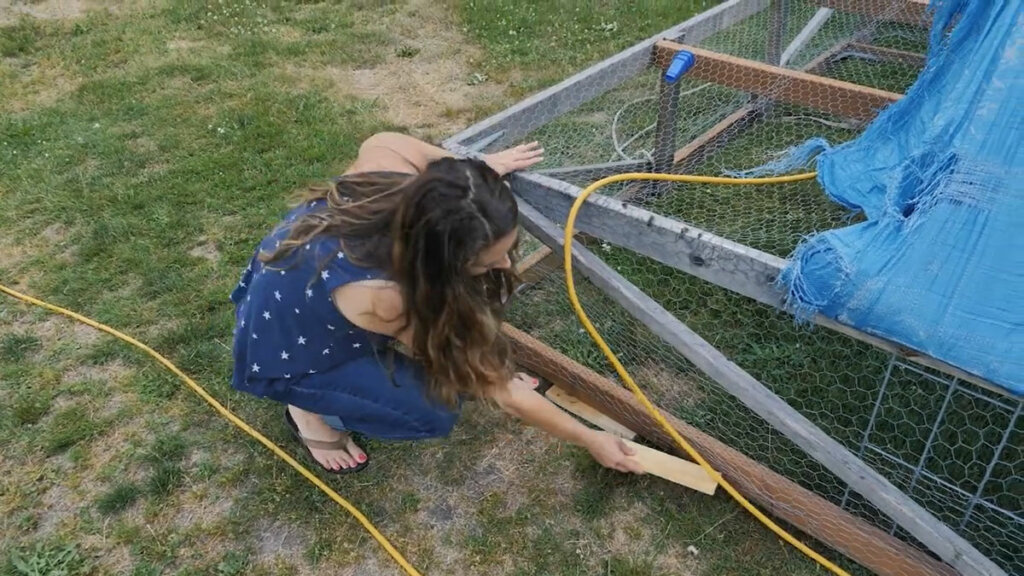
Chicken Coop or Brooder
I’ve shared before about my chicken coop and brooder set up so read that post for more information. It’s worth mentioning again that you should have this area set up ahead of time and ready for your baby chick’s arrival.
It depends on when you’re bringing in your chicks for which type of housing you should use. At the time of this posting, it’s mid-summer and we’re having very warm temperatures, so I opted to use our mobile chicken coop with a few alterations.
First, if the weather is overly hot, make sure the coop is located on an area of the property that is shaded during the heat of the day. It’s also important to note if you need to run electricity to the coop, that you locate it in a place where an extension cord can reach the coop.
Second, be sure the coop has additional shade from either a tarp or roof.
Third, be sure the coop is well ventilated to allow for a breeze but can be protected easily if the breeze is too much for the baby birds.
Fourth, make sure the coop is shored up and that the birds cannot escape, and that predators cannot get in.
When getting baby meat birds or hatching out eggs yourself, there are a few additional supplies needed. Traditionally baby birds need to be under a heat lamp, however, I’m testing out a heat plate that was sent to me by Premier 1 Supplies and I’m absolutely loving it!
Using a heat plate means there’s less chance of fire if the birds knock it over, it’s a steady heat source so even the birds huddled along the exterior of the plate are getting enough heat, and it’s adjustable (just as regular heat lamps are).
Because our mobile chicken tractor isn’t very big, we’re actually building an additional mobile chicken tractor that we’ll transfer our chickens to once they outgrow the smaller coop.
We’ve modified our design to make it easier for us to get into and out of when it’s butchering day, which will also help speed up the process.
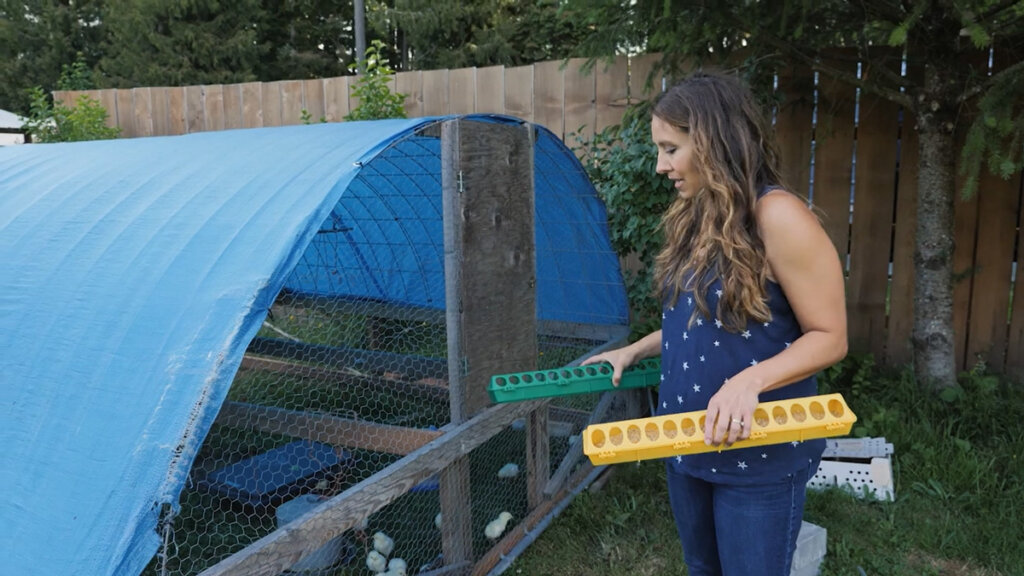
Chicken Feed
I like to buy certified organic meat bird feed. I buy this from a local grainary because they can mill the grain themselves which makes it cheaper than our local feed store.
I also buy scratch and peck through Azure Standard and order it in bulk to save even more money, this also saves me gas money as Azure delivers close to my home.
Learn how to keep feed costs down in Stocking Up on Animal Feed (+ How Much to Feed Animals).
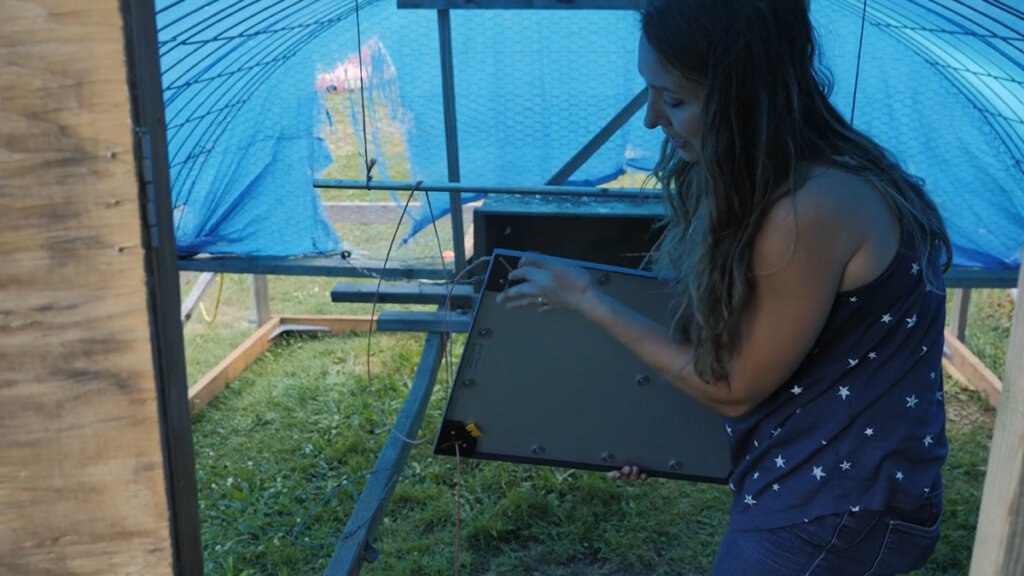
Heat Plate or Heat Lamp
If you already have a heat lamp, then by all means continue using that. However, I’ve found our own heat lamps to be hazardous to the tiny meat birds when they first come in because they’re easy for them to knock over or for a lightbulb to break (which also becomes a fire hazard).
This is why I was thrilled about these heat plates from our sponsor Premier 1 Supplies. They also require electricity, so that’s no different from a heat lamp, but what I love is that there’s nothing on the heat plate for the chickens to break.
Also, when touching the heat plate with your hands, it’s not too hot to touch so there’s no risk of the chicks burning themselves if they get pushed up against it.
The heat plate comes with adjustable legs so you can move the plate up as the chicks grow, but what we designed was a hanging system that’s adjustable and then the chicks can get nestled in on all four corners without the risk of knocking the heat plate over or shifting it.
Minimize Risk
When creating or selling anything for profit is always smart to minimize your risk by selling the product upfront and having it spoken for before investing your time, energy, and money.
For us, we required our customers to put down a deposit ahead of time, this ensures they get their product, and at the same time gives us some security that they won’t change their mind at the time of butchering leaving us high and dry with unsold product.
There are many ways to go about doing this, whether you pre-sell, get people on a waitlist, have customers put down a deposit (a flat fee, or a percentage of the sale), etc. But minimize your risk and have this set up ahead of time!
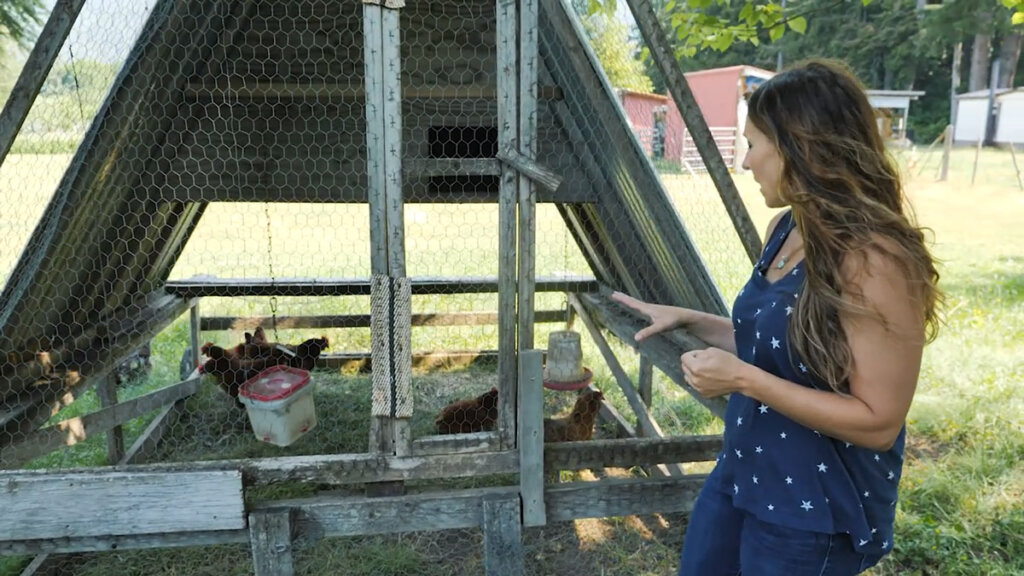
How to Price Chickens
When pricing out your chickens there are many ways to go about this. The very first thing you must do is factor in the total cost of raising, butchering, and processing the chickens (don’t forget to factor in your time!).
Next, you need to check around to farms and grocery stores near you to see what the going rate is for chicken (both certified organic, free-range, and conventionally raised).
From here, the pricing becomes individualized. Do you want to price your birds at a per-bird flat-rate price? Do you want to price them per pound?
Then, assuming you’ve minimized your risk by pre-selling your birds, figure out your profit margin.
Our profit margin on this round of 55 birds (52 after losing three), will come to about $2500. This is much higher than one should expect for 55 birds because we got the birds at no cost to us. I also had Azure Standard credit that I used for the scratch and peck, and we’ll be opening up our home to 10 people for an in-person workshop to learn how to butcher your own chickens (there will be a small fee for this as well).
So all in all, our profits will be approximately $2500 in 8 week’s time.
How to Increase Profit Margin
When raising meat birds for profit, there are a few sure-fire tips that will help give you a larger profit margin.
- Choose male birds over female birds as they grow faster and larger.
- Butcher all birds on the same day.
- Buy chicks in bulk for a smaller per-bird price.
- Free-range the birds so they’re getting more protein from bugs and grass over their feed.
- Buy feed in bulk and get a high-quality feed (the chickens tend to eat less the better quality the feed is).
- Buy feed from a local grainary over a farm supply store.
- Reduce your time by maximizing your efforts!
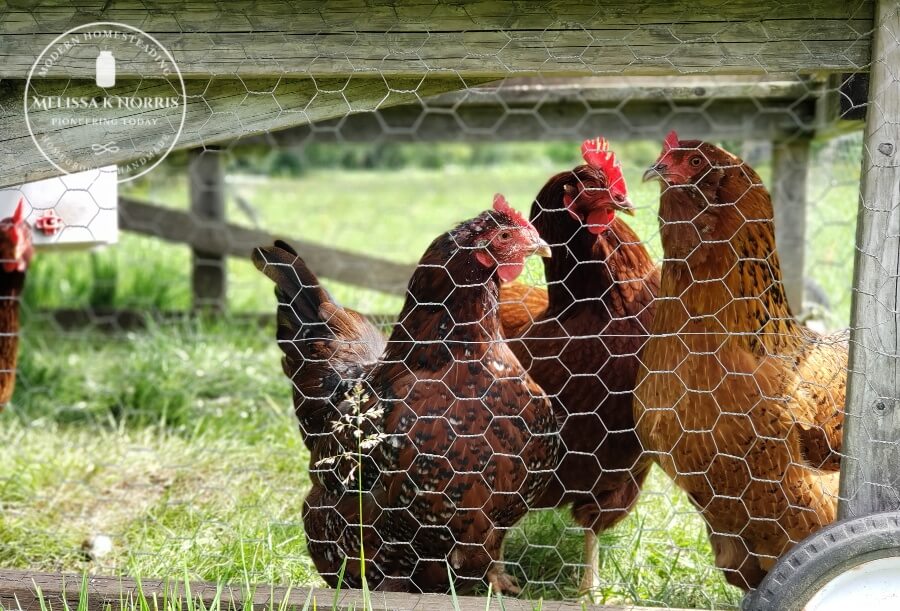
Related Articles You May Enjoy
- 10 Tips on Raising Chickens for Meat
- Raising Backyard Chickens (Meat Birds)
- Raising Backyard Chickens (Egg-Laying Hens)
- Electric Fence Netting (Everything You Need to Know)
- Breeding Chickens Naturally: Selective Breeding for Eggs & Chicks
- Raising Baby Chicks – Beginners Guide for the First 6 Weeks
- Integrating New Chicks to Existing Flocks Q&A Chicken Raising
- How to Butcher a Chicken at Home
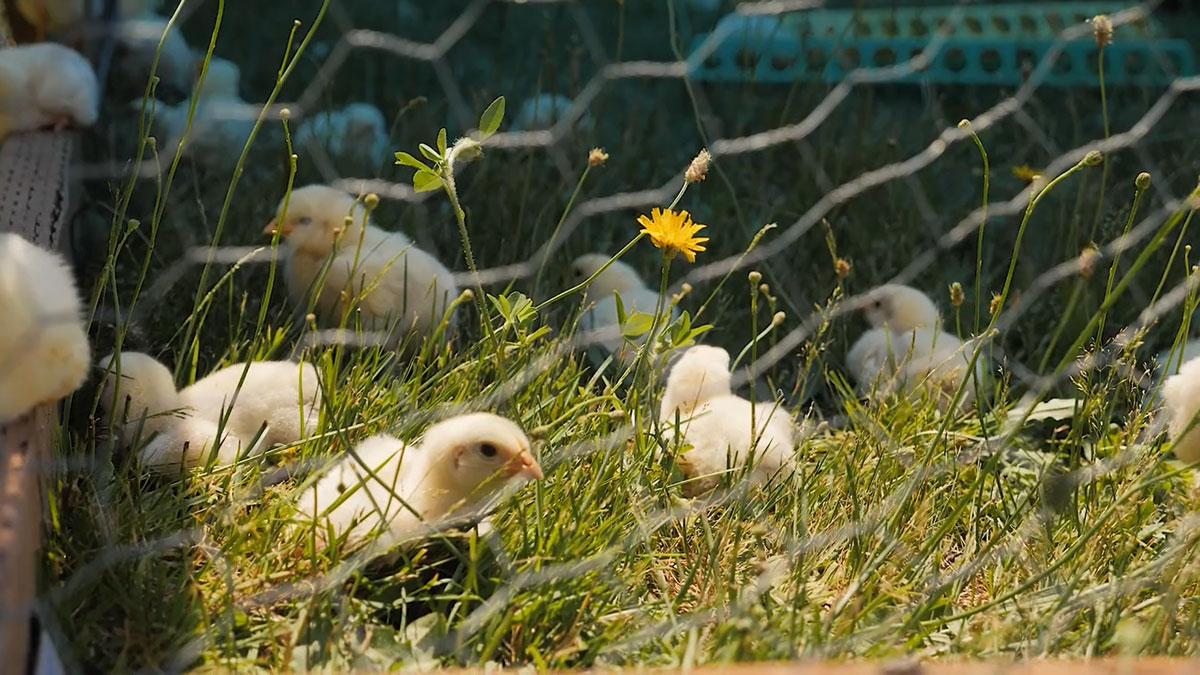
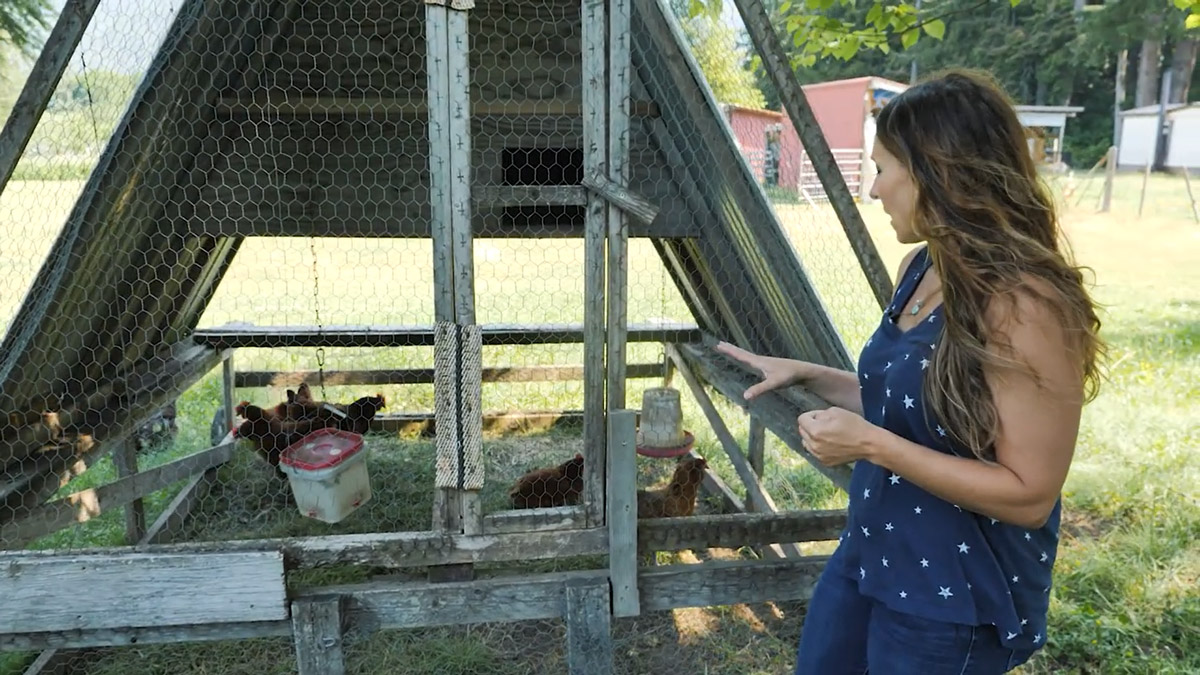

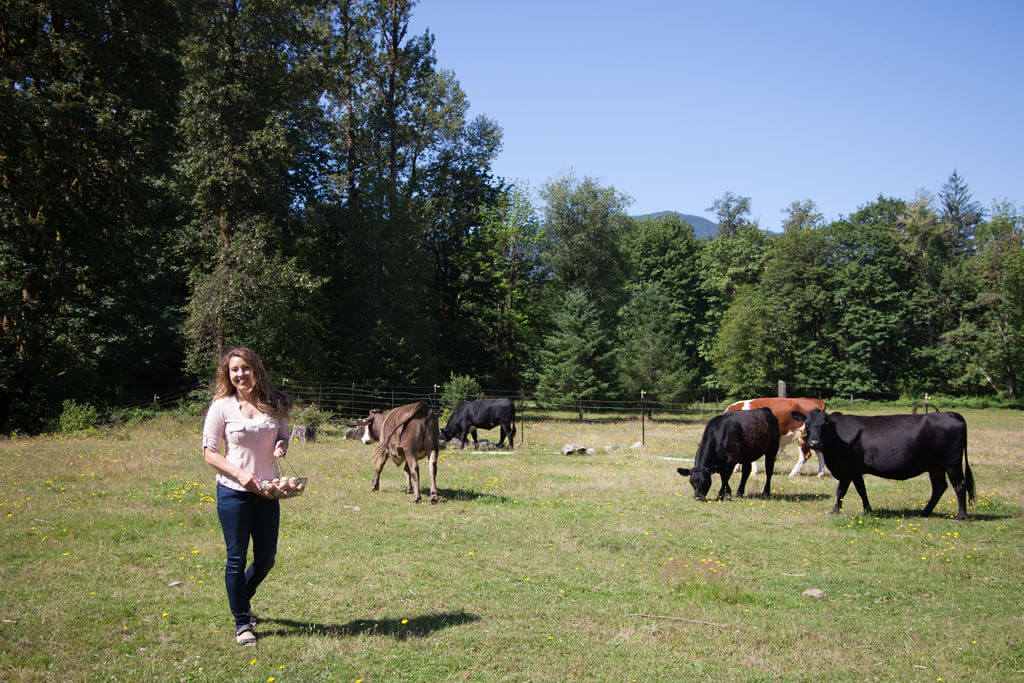







What breed do you like for meat birds?
Very interested In meat bird info
I would like to sign up for your Slaughter/process workshop. I live in Southwest Washington in Castle rock. So hopefully a space is open so I can sigh up. Just tell me how to sign up, thanks.
Hi Victor,
We won’t have another one until this coming spring but you can get on the waitlist to be notified here https://melissaknorris.lpages.co/sold-out-workshop/
I too became a McMurray Hatchery regular customer after receiving dead chicks and poorly bred chickens. Example: of one order of 50 Black Australorp I had 30 hens go broody after a couple months if laying. Poor breeding